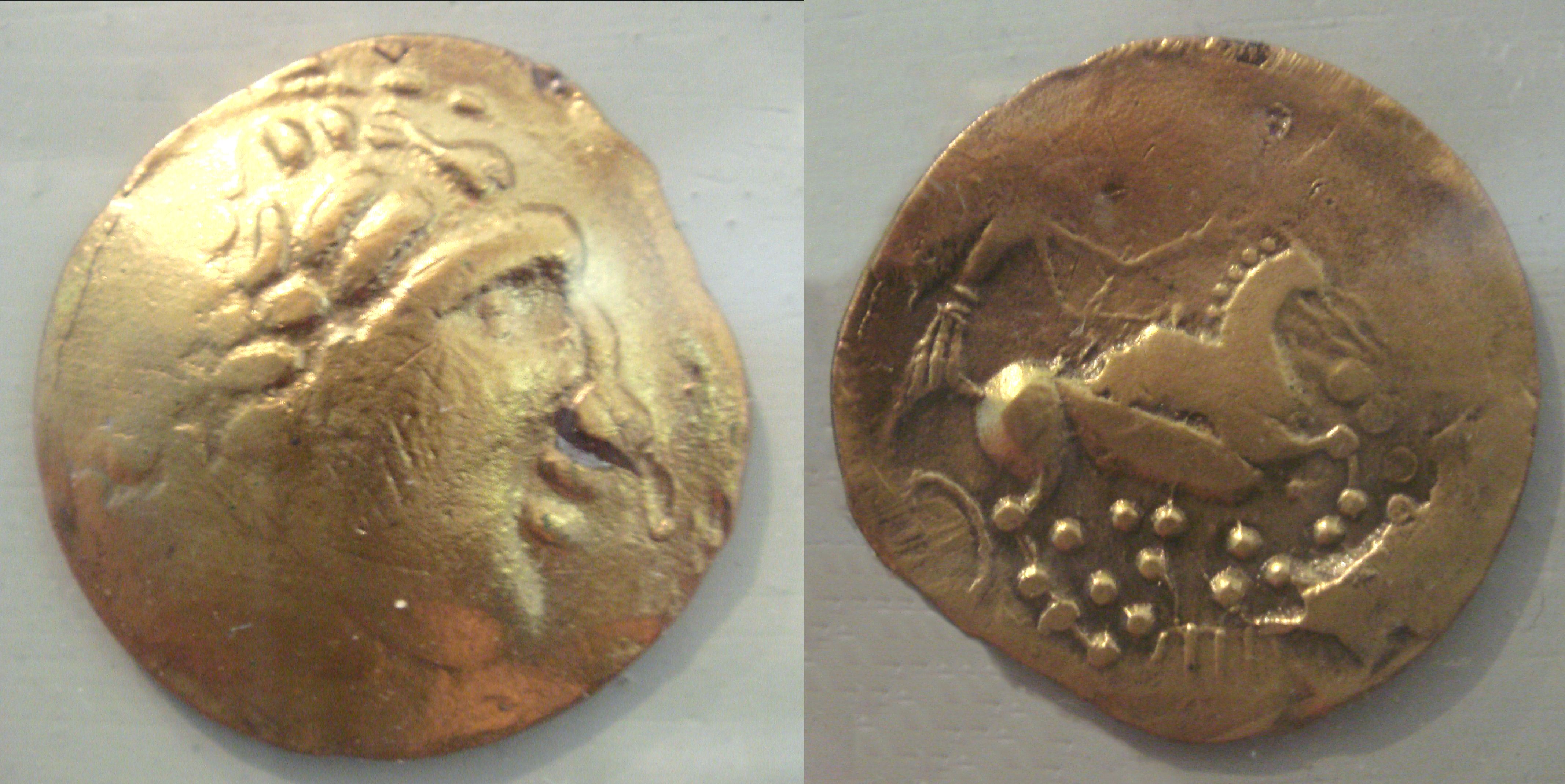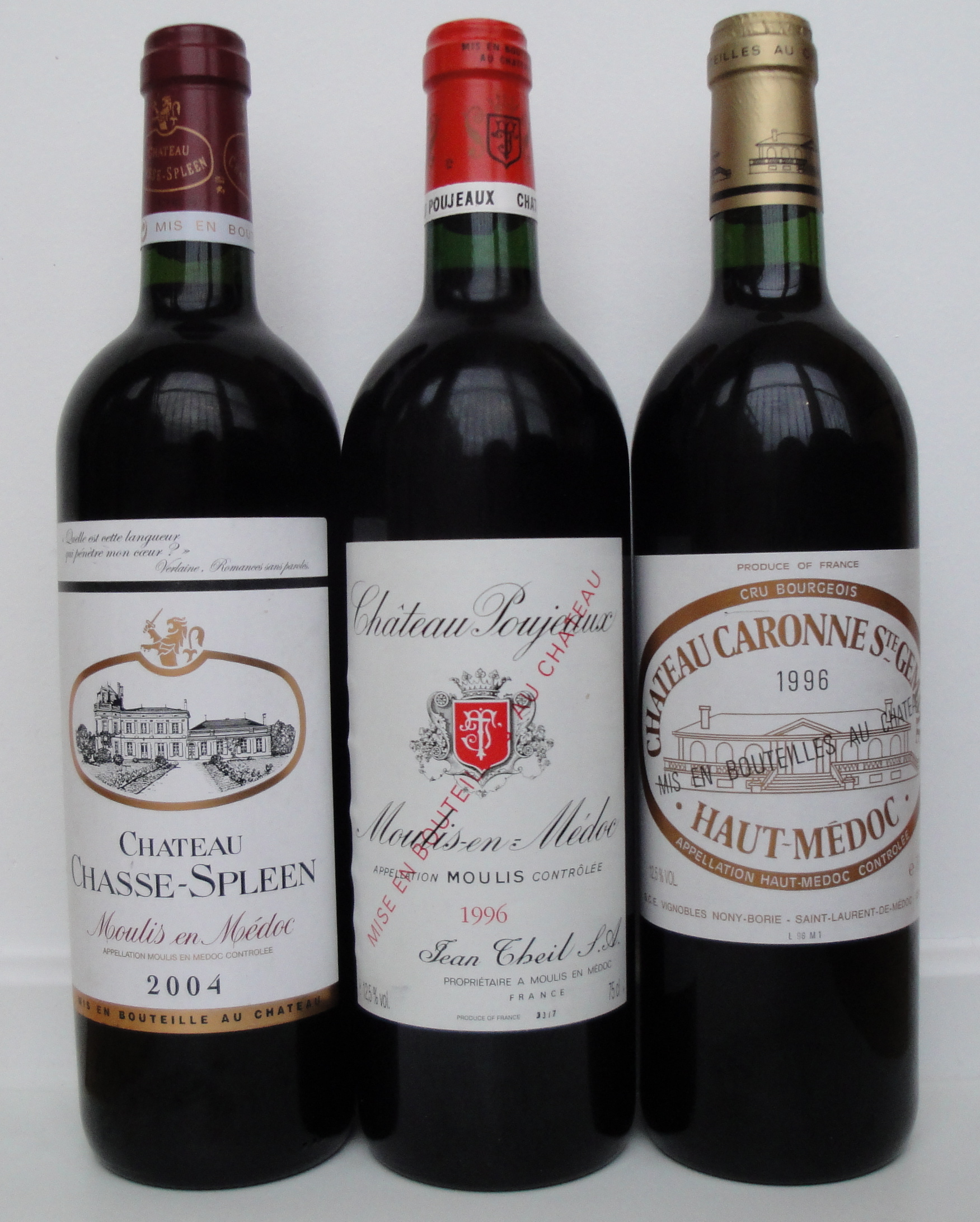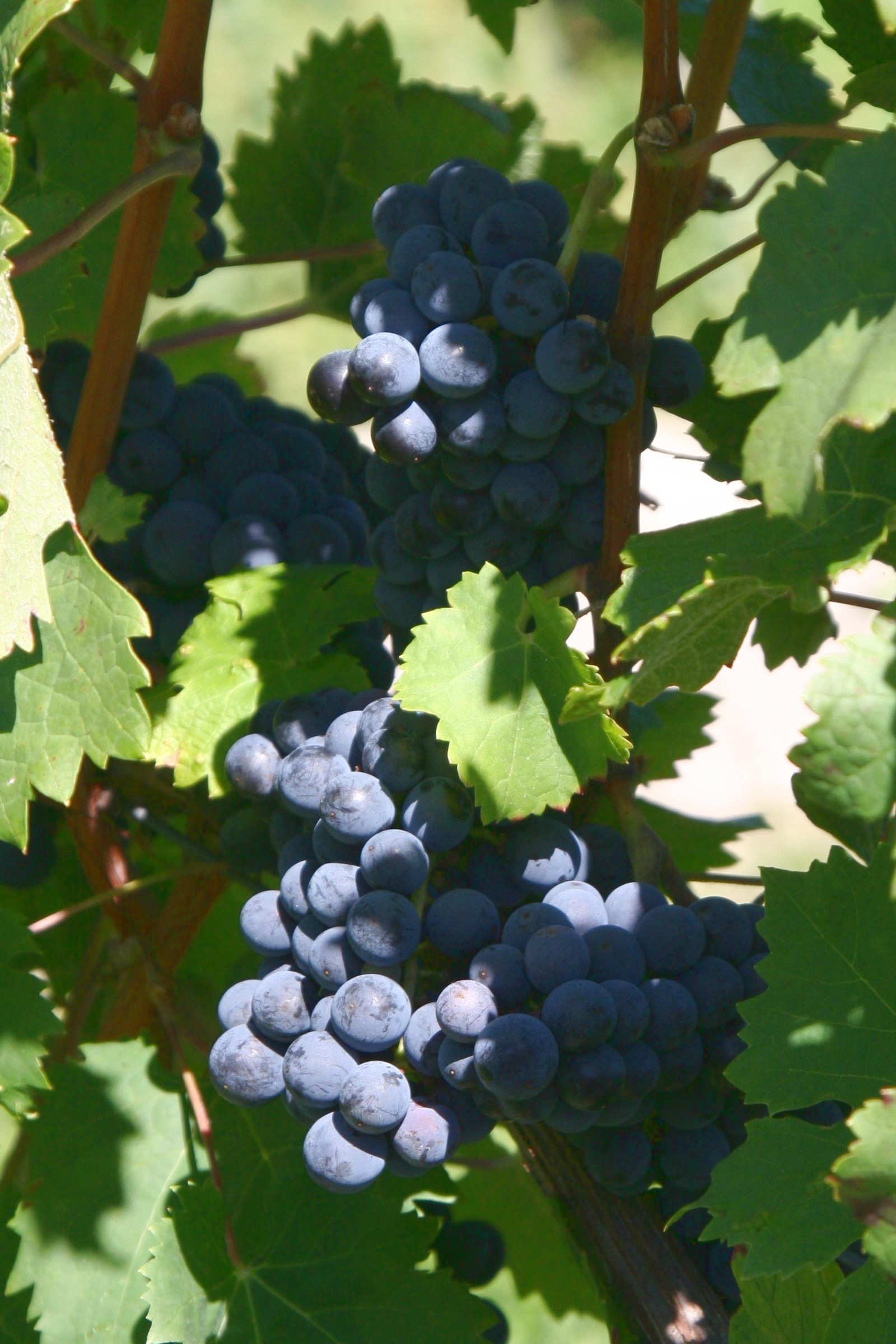|
Château Poujeaux
Château Poujeaux lies in the wine-producing district of Moulis-en-Médoc in the Bordeaux region of France. It is one of the most highly regarded wines within Moulis, alongside Château Chasse-Spleen. In the 2003 classification of ''Cru Bourgeois'' wines, Château Poujeaux was one of just nine to be placed in the highest category, ''Cru Bourgeois Exceptionnels''. The property was owned by the Theil family until early 2008, when it was bought by Philippe Cuvelier, also owner of Clos Fourtet. Vineyard and wines The vineyard covers and produces about 25,000 cases of wine per year. The grape varieties used are 50% Cabernet Sauvignon, 40% Merlot, 5% Cabernet Franc and 5% Petit Verdot. A second wine is produced, under the name La Salle de Poujeaux.Suckling, James, ''Wine Spectator'' (March 31, 2007). "50 Best Bordeaux under $50", p. 86 References Bordeaux wine producers {{winery-stub ... [...More Info...] [...Related Items...] OR: [Wikipedia] [Google] [Baidu] |
Wine Label - 1998 Château Poujeaux
Wine is an alcoholic drink made from Fermentation in winemaking, fermented fruit. Yeast in winemaking, Yeast consumes the sugar in the fruit and converts it to ethanol and carbon dioxide, releasing heat in the process. Wine is most often made from grapes, and the term "wine" generally refers to grape wine when used without any qualification. Even so, wine can be made fruit wine, from a variety of fruit crops, including plum, cherry, pomegranate, blueberry, Ribes, currant, and Sambucus, elderberry. Different varieties of grapes and Strain (biology), strains of yeasts are major factors in different styles of wine. These differences result from the complex interactions between the Biochemistry, biochemical development of the grape, the reactions involved in fermentation, the grape's growing environment (terroir), and the wine production process. Many countries enact legal appellations intended to define styles and qualities of wine. These typically restrict the geographical origin ... [...More Info...] [...Related Items...] OR: [Wikipedia] [Google] [Baidu] |
Moulis-en-Médoc
Moulis-en-Médoc (, literally ''Moulis in Médoc''; ) is a commune in the Gironde department in Nouvelle-Aquitaine in southwestern France. Geography The village is situated in the Médoc on a hill, overhanging the Tiquetorte stream, which flows into the Gironde estuary. Districts: ''Le Bourg, Bouqueyran, Grand-Poujeaux''... History Vineyards have been cultivated in Moulis at least as far back as Roman times, as three Gallo-Roman establishments have already been discovered. The grape variety biturica is from this era, an ancestor of the cabernet variety. The term "biture" meaning "booze-up", relating to "ivresse" or "intoxication" comes from this variety of grape. During the Middle Ages, the Médoc was the granary of Bordeaux. This is demonstrated by the presence of numerous mills to grind the grain. It is from the term "Moulin" that Moulis takes its name: "Moulinis". The vineyards of the era belonged to some feudal proprietors and a religious community which the Ro ... [...More Info...] [...Related Items...] OR: [Wikipedia] [Google] [Baidu] |
Bordeaux
Bordeaux ( ; ; Gascon language, Gascon ; ) is a city on the river Garonne in the Gironde Departments of France, department, southwestern France. A port city, it is the capital of the Nouvelle-Aquitaine region, as well as the Prefectures in France, prefecture of the Gironde department. Its inhabitants are called "''Bordelais'' (masculine) or "''Bordelaises'' (feminine). The term "Bordelais" may also refer to the city and its surrounding region. The city of Bordeaux proper had a population of 259,809 in 2020 within its small municipal territory of , but together with its suburbs and exurbs the Bordeaux Functional area (France), metropolitan area had a population of 1,376,375 that same year (Jan. 2020 census), the sixth-most populated in France after Paris, Lyon, Marseille, Lille, and Toulouse. Bordeaux and 27 suburban municipalities form the Bordeaux Métropole, Bordeaux Metropolis, an Indirect election, indirectly elected Métropole, metropolitan authority now in charge of wi ... [...More Info...] [...Related Items...] OR: [Wikipedia] [Google] [Baidu] |
Château Chasse-Spleen
Château Chasse-Spleen is a winery in the Moulis-en-Médoc appellation of the Bordeaux region of France, just north-west of Margaux. Château Chasse-Spleen was selected as one of six ''Crus Exceptionnels'' in the ''Cru Bourgeois'' classification of 1932, and through later revisions until the annulment of the classification in 2007. The estate is today widely considered to be of ''cru classé'' standard. The name means "to chase away the blues" or "dispels melancholy". A second wine is produced under the label L'Héritage de Chasse-Spleen and another titled l'Oratoire de Chasse-Spleen. History Long viewed as the leading '' cru'' of Moulis, the estate's viticultural history is documented back to 1560, and possibly before. Initially an estate named Grand-Poujeaux, it was owned by the ''seigneurs'' Grenier, which may have evolved into Gressier. The estate was divided in 1822 due to inheritance complications, with half the property becoming Château Gressier-Grand-Poujeaux, and t ... [...More Info...] [...Related Items...] OR: [Wikipedia] [Google] [Baidu] |
Cru Bourgeois
The Cru Bourgeois classification lists some of the Château#Bordeaux, châteaux from the Médoc that were not included in the Bordeaux Wine Official Classification of 1855, 1855 Classification of ''Crus Classés'', or Classed Growths. Notionally, ''Cru Bourgeois'' is a level below ''Cru Classé'', but still of high quality (formerly there were additional grades of ''Cru Artisan'' and ''Cru Paysan''). Many wine writers consider that there is some overlap in quality between the Classed Growths and the Cru Bourgeois, although also saying that by and large the Classed Growths still represent the best wines. The first Cru Bourgeois list was drawn up by the Bordeaux Chamber of Commerce and Chamber of Agriculture in 1932, selecting 444 estates for the classification. The words ''Cru Bourgeois'' were widely used on labels by the châteaux so listed, although the classification was never officially ratified. A substantial revision of the classification, dividing it into three tiers, was i ... [...More Info...] [...Related Items...] OR: [Wikipedia] [Google] [Baidu] |
Clos Fourtet
Clos Fourtet, previously Château Clos Fourtet and archaically Camfourtet, is a Bordeaux wine from the appellation Saint-Émilion, ranked ''Premier grand cru classé B'' in the Classification of Saint-Émilion wine. The Clos Fourtet winery is located in the Right Bank of France's Bordeaux wine region in the commune of Saint-Émilion, in the department Gironde. The estate also produces the second wine Closerie de Fourtet. History Erected during the Middle Ages as a defensive fort, the property is situated opposite the main entrance to the old town of Saint-Émilion. Viticulture at what was then called ''Camfourtet'' (''Camp Fourtet'') began with the efforts of Léon Rulleau in the mid-18th century, who passed on the estate to his nephew Elie Rulleau who had the present château built. Records show that in 1789 the property was valued at 100,000 ''livres''. The estate's name was altered to Clos Fourtet by the Rulleau family in 1868. Fernand Ginestet acquired the estate in 1919, in ... [...More Info...] [...Related Items...] OR: [Wikipedia] [Google] [Baidu] |
Cabernet Sauvignon
Cabernet Sauvignon () is one of the world's most widely recognized red wine grape varieties. It is grown in nearly every major wine producing country among a diverse spectrum of climates from Australia and British Columbia, Canada to Lebanon's Beqaa Valley. This grape variety appeared in France in the 17th century as a result of natural crossbreeding. Its popularity is often attributed to its ease of cultivation—the grapes have thick skins and the vines are hardy and naturally low yielding, budding late to avoid frost and resistant to viticulture hazards. The classic profile of Cabernet Sauvignon tends to be full-bodied wines with high tannins and noticeable acidity that contributes to the wine's aging potential. In cool areas, it has flavors of blackcurrant and green pepper; in warmer places, it may taste like black cherry and olive; in very hot climates, it can have a jammy flavor. History and origins For many years, the origin of Cabernet Sauvignon was not cl ... [...More Info...] [...Related Items...] OR: [Wikipedia] [Google] [Baidu] |
Merlot
Merlot ( ) is a dark-blue-colored wine grape variety that is used as both a blending grape and for varietal wines. The name ''Merlot'' is thought to be a diminutive of , the French name for the blackbird, probably a reference to the color of the grape. Its softness and "fleshiness", combined with its earlier ripening, make Merlot a popular grape for blending with the sterner, later-ripening Cabernet Sauvignon, which tends to be higher in tannin. Along with Cabernet Sauvignon, Cabernet Franc, Malbec, and Petit Verdot, Merlot is one of the primary grapes used in Bordeaux wine, and it is the most widely planted grape in the Bordeaux wine regions. Merlot is also one of the most popular red wine varietals in many markets. This flexibility has helped to make it one of the world's most planted grape varieties. As of 2004, Merlot was estimated to be the third most grown variety at globally.J. Robinson (ed) ''The Oxford Companion to Wine'' Third Edition, Oxford University P ... [...More Info...] [...Related Items...] OR: [Wikipedia] [Google] [Baidu] |
Cabernet Franc
Cabernet Franc is one of the major black grape varieties worldwide. It is principally grown for blending with Cabernet Sauvignon and Merlot in the Bordeaux (wine), Bordeaux style, but can also be vinified alone, as in the Loire (wine), Loire's Chinon wine, Chinon. In addition to being used in blends and produced as a varietal in Canada (wine), Canada, Lake Erie AVA, Lake Erie AVA in Pennsylvania, and across the United States (wine), United States and Argentina, it is sometimes made into ice wine in those regions. Cabernet Franc is lighter than Cabernet Sauvignon, making a bright pale red wine that contributes finesse and lends a Black pepper, peppery perfume to blends with more robust grapes. Depending on the growing region and style of wine, additional Aromas (wine), aromas can include tobacco, raspberry, bell pepper, Blackcurrant, cassis, and Viola (plant), violets. Records of Cabernet Franc in Bordeaux go back to the end of the 18th century, although it was planted in Loire ... [...More Info...] [...Related Items...] OR: [Wikipedia] [Google] [Baidu] |
Petit Verdot
Petit Verdot is a variety of red wine grape, principally used in classic Bordeaux blends. It ripens much later than the other varieties in Bordeaux, often too late, so it fell out of favour in its home region. When it does ripen it adds tannin, colour and flavour, in small amounts, to the blend. Petit verdot has attracted attention among winemakers in the New World, where it ripens more reliably and has been made into single varietal wine. It is also useful in 'stiffening' the mid palate of Cabernet Sauvignon blends. When young its aromas have been likened to banana and pencil shavings. Strong tones of violet and leather develop as it matures. History Petit Verdot probably predates Cabernet Sauvignon in Bordeaux, but its origins are unclear. There are records of it in the eighteenth century, but its characteristics suggest an origin in much hotter climes than the Gironde. It is likely that it originates from the Pyrénées-Atlantiques where it was possibly domesticated from ... [...More Info...] [...Related Items...] OR: [Wikipedia] [Google] [Baidu] |
Second Wine
Second wine or second label (French: ''Second vin'') is a term commonly associated with Bordeaux wine to refer to a second label wine made from '' cuvee'' not selected for use in the ''Grand vin'' or first label. In some cases a third wine or even fourth wine is also produced. Depending on the house winemaking style, individual plots of a vineyard may be selected, often those of the youngest vines, and fermented separately, with the best performing barrels being chosen for the house's top wine and the other barrels being bottled under a separate label and sold for a lower price than the ''Grand vin''. In less favorable vintages, an estate may choose to release only a second label wine rather than to release a smaller than normal quantity of its ''Grand vin'' or a wine that would not be consistent with past vintages under that name. The practice has its roots in the 18th century but became more commercially prominent in the 1980s when consumers discovered these wines as a more ... [...More Info...] [...Related Items...] OR: [Wikipedia] [Google] [Baidu] |




